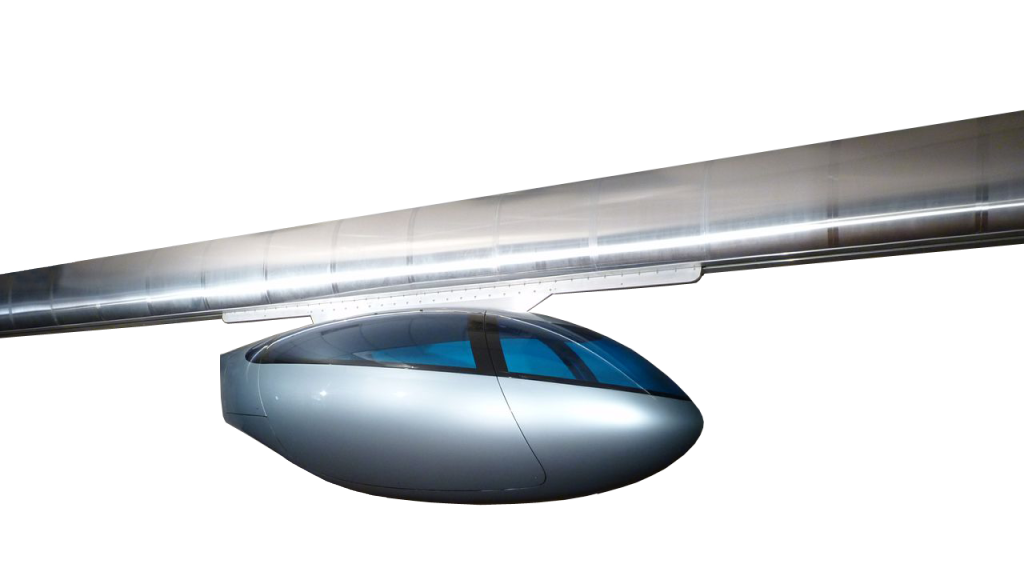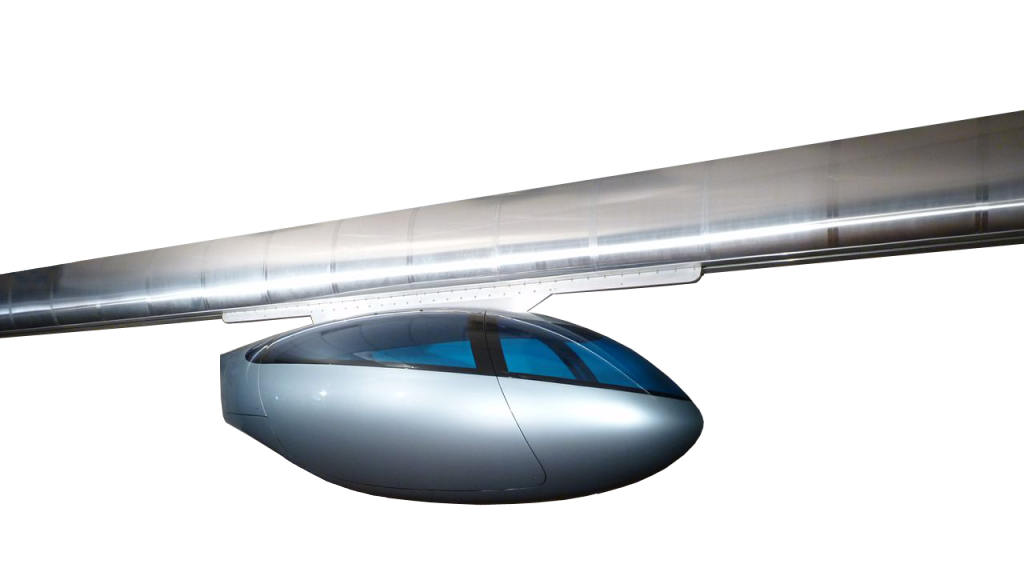Right Now
skyTran Large Station Concept
Concept animation of an indoor SkyTran Personal Rapid Transit (PRT) station with vehicles shown arriving and departing. The herringbone arrangement allows fo...
Personal rapid transit: The future of public transportation, maybe
By David Roberts on 2 Jan 2015 4:17 pm0 commentsShareTweet
Since writing about Seattle’s infrastructure fustercluck, I’ve been thinking a lot about transportation. It’s really a b*tch of a problem.The internal combustion engine (ICE) vehicle had its disadvantages from the very beginning, not only relative to public transportation but relative to other types of car. (There’s a fantastic chapter in Alexis Madrigal’s Powering the Dream about this history.) But its advantages — power, personalization, and modularity — mattered more. It could go farther than other cars; you could drive it wherever you wanted to go, whenever; and it was small enough to be within the reach of average citizens, who had little control over larger transportation projects.The ICE car has arguably passed the point when its drawbacks — particulate pollution, traffic, sprawl, climate change — exceed its advantages, at least from a social-welfare perspective. But it is still firmly rooted in human life, almost everywhere, despite much-hyped efforts in some places to boost alternatives. (See, for instance, Curitiba, Brazil, celebrated for its Bus Rapid Transit system, where auto ownership is nonetheless high and rising.) Vehicle miles traveled (VMT) areleveling off in the U.S. and in Europe, which have arguably reached auto saturation, but they are skyrocketing in China and other growing countries. Global automobile ownership is expected to rise and rise and rise. There’s nothing on the horizon that fundamentally displaces or marginalizes the personal vehicle.Why is that? Well, tons of reasons. But a big one is that public transportation still cannot match the advantages of the car: power, personalization, and modularity. Inter-city trains and buses remain fairly slow and inconvenient. In terms of personalization, public transit routes are still limited, both in geography and in timing, and they face the notorious “last mile” problem, meaning that transit stations are often located too far from homes and businesses to represent a manageable walk. (One note: Cars rely on built infrastructure just like public transit. They are more convenient once roads have been built everywhere. But in most growing and wealthy countries, that’s already a fait accompli.) And, especially here in the U.S., public transportation systems, like all large construction projects, are large and expensive. They come in big chunks.So what’s to be done? Ideally, we’d like a form of transportation that keeps the advantages of public transit — lower emissions, fewer roads, more walkable cities — but also matches the advantages of cars, in that it takes you where you want to go, when you want to go there, with a minimum of hiking and waiting.Does such a thing exist? Advocates of “personal rapid transit” (PRT) say it does. PRT comes in many forms, but the basic idea is that there are fairly lightweight pods that hold a small number of people; they move over fairly lightweight tracks; and, crucially, they do not travel along prescribed routes, but rather can take passengers directly to their destination, with no stops along the way. There are currently four working PRT systems in the world, the oldest of which, weirdly, is in West Virginia.You can learn more about PRT at the link above. The PRT system that’s really captured my fancy, mentioned by a commenter beneath my fustercluck post, isskyTran, a company that emerged out of the NASA Ames Research Center in Silicon Valley. There are no operational skyTran systems yet, but a couple are in the works.
-
Personal rapid transit: The future of public transportation, maybe
A new personal rapid transport system called skyTran could revolutionize urban transportation. Or not.
Sign In to leave a comment
More Posts

Report This Post
Please complete the following requested information to flag this post and report abuse, or offensive content. Your report will be reviewed within 24 hours. We will take appropriate action as described in Findit terms of use.
Thank you. Your abuse report was sent.




















